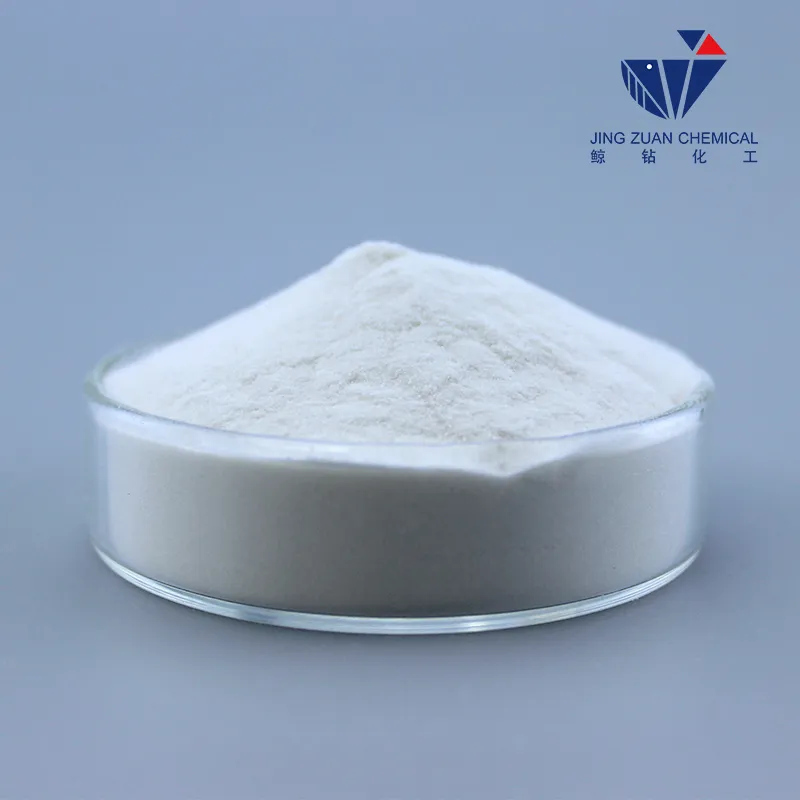
okt . 31, 2024 06:03 Back to list
hpmc grades viscosity
Understanding the Viscosity of HPMC Grades
Hydroxypropyl methylcellulose (HPMC) is a versatile cellulose ether that finds its applications in various industries, particularly in pharmaceuticals, construction, and food processing. One of the critical parameters that significantly influence the performance of HPMC in these applications is its viscosity. Viscosity, a measure of a fluid's resistance to flow, can greatly affect the processing and end-use properties of HPMC-based products. This article will discuss the different HPMC grades and their associated viscosities, providing insight into how these variations impact various applications.
HPMC grades are primarily categorized based on their methoxy and hydroxypropoxy content, which in turn determines their solubility, gelation properties, and viscosity. The viscosity of HPMC is crucial for applications such as drug formulations, where it influences the release rate of the active pharmaceutical ingredient (API), and in construction, where it affects the workability and adhesion of materials.
Understanding the Viscosity of HPMC Grades
An essential aspect of HPMC viscosity is its temperature sensitivity. As temperature increases, the viscosity of HPMC solutions typically decreases, allowing for easier processing. This thermoreversible property is particularly advantageous in applications where heat is involved during formulation, such as in cooking or in certain manufacturing processes.
hpmc grades viscosity

In pharmaceutical applications, the viscosity of HPMC can directly impact the bioavailability of drugs. For instance, controlled-release formulations often utilize high-viscosity HPMC grades to create a barrier that slows down the release of the drug. The right viscosity can enhance the therapeutic effect by maintaining optimal drug levels in the body over extended periods.
In the construction industry, the viscosity of HPMC acts as a critical modifier for cement-based materials. High-viscosity HPMC can improve the adhesive properties of tile adhesives and mortars, enhancing workability and preventing slip. Such characteristics are vital in ensuring strong bonding and durability in construction projects.
It is essential for manufacturers to select the appropriate HPMC grade based on the specific requirements of their applications. Factors such as the desired viscosity, temperature stability, and interaction with other formulation components must be taken into account.
In conclusion, understanding the viscosity of various HPMC grades is essential for optimizing their performance in diverse applications. Whether it’s in the pharmaceutical field for efficient drug delivery or in construction for superior material properties, the viscosity of HPMC plays a pivotal role in determining the effectiveness of the final product. By choosing the right grade and understanding its characteristics, manufacturers can ensure that they meet the specific needs of their applications.
-
The Widespread Application of Redispersible Powder in Construction and Building Materials
NewsMay.16,2025
-
The Widespread Application of Hpmc in the Detergent Industry
NewsMay.16,2025
-
The Main Applications of Hydroxyethyl Cellulose in Paints and Coatings
NewsMay.16,2025
-
Mortar Bonding Agent: the Key to Enhancing the Adhesion Between New and Old Mortar Layers and Between Mortar and Different Substrates
NewsMay.16,2025
-
HPMC: Application as a thickener and excipient
NewsMay.16,2025
-
Hec Cellulose Cellulose: Multi functional dispersants and high-efficiency thickeners
NewsMay.16,2025







